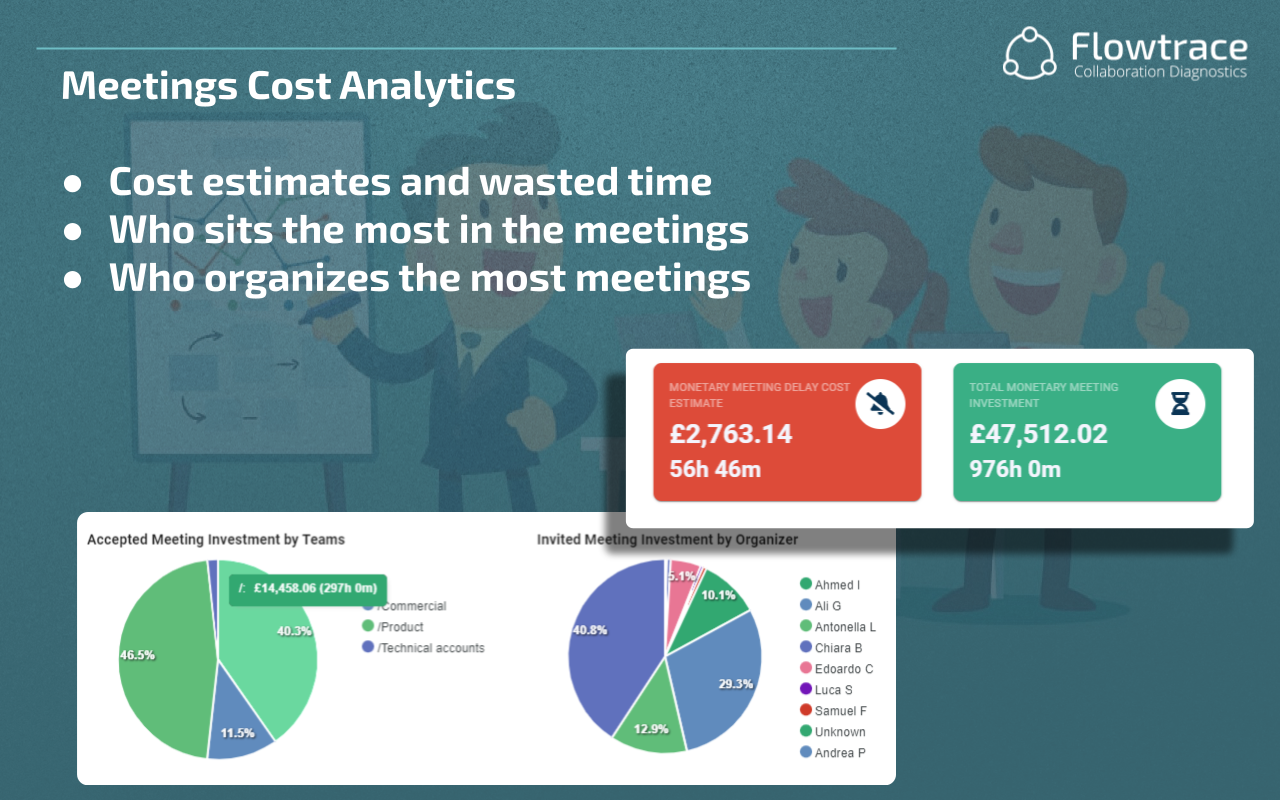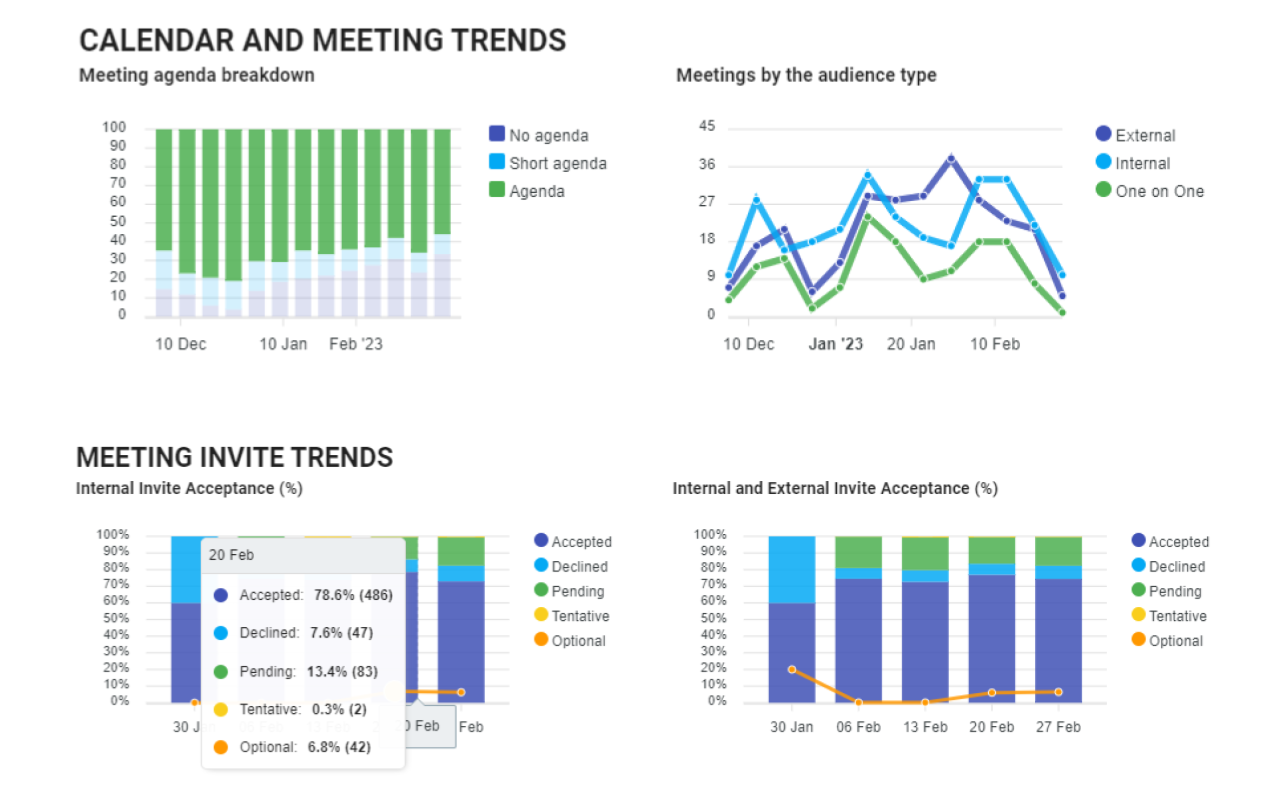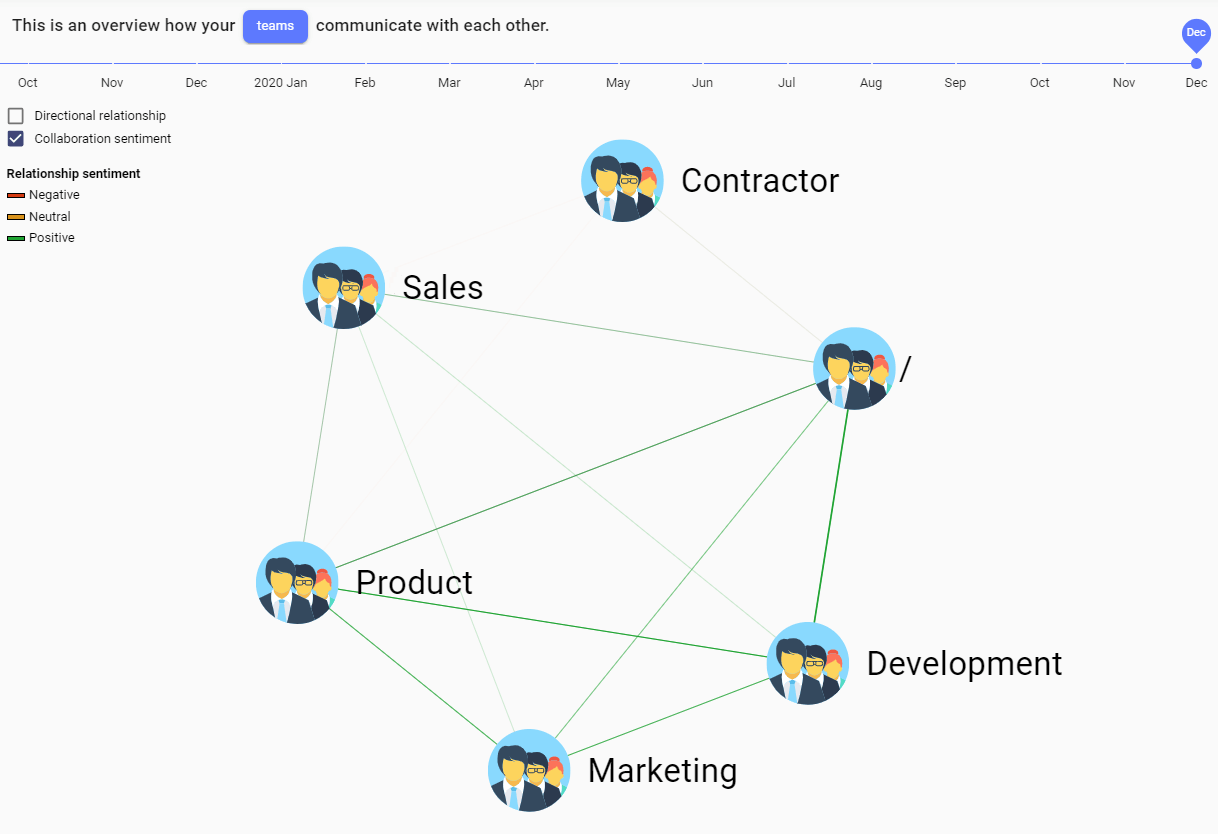How Do Meetings Influence Productivity?
Explore how meeting overload can hinder productivity and employee well-being, and discover strategies for optimizing meeting practices to enhance...
Struggling with too many meetings at work? Learn how to optimize meeting practices, avoid meeting overload, and improve team productivity in this detailed guide.
It's common in today's workplace for teams to be caught in a relentless cycle of meetings, often spending significant parts of their day moving from one meeting to another, with little time left for actual work. This cycle can include extensive preparations and follow-ups, leading to exhaustion without substantial progress on essential tasks. Such meeting overload is not only a drain on productivity but also a detriment to team morale.
While the constant ping-pong between meetings might feel unavoidable, it comes at a significant cost. Studies show that switching contexts, like transitioning from focused work to a meeting and back again, can take up to 23 minutes to fully regain focus. Multiply that by the number of unproductive meetings you attend each week, and you're looking at a considerable loss of valuable work time. Beyond the individual level, excessive meetings can lead to decreased team output and ultimately, impact your organization's bottom line.
There's no magic number that defines meeting overload. The ideal meeting frequency depends on a combination of factors, including:

Here are some signs that your team or organization might be suffering from excessive meetings:

By considering these factors and recognizing the red flags, you can optimize your meeting culture. Focus on quality over quantity, ensuring meetings are well-defined, focused, and contribute to progress. Utilizing asynchronous communication tools and implementing best practices can further reduce unnecessary meetings and maximize the effectiveness of the ones you hold.
Imagine tackling a complex project that requires deep concentration. Suddenly, a meeting notification pops up, jolting employees out of deep work. This constant disruption is a hallmark of meeting overload, and it has a significant impact on individual output. A study published in the Harvard Business Review found that employees who are interrupted five times a day lose an average of productivity equivalent to one full workday per week. These interruptions not only break focus but also require time to re-orient and regain momentum, further hindering progress.
When calendars are overflowing with unnecessary meetings, employees can quickly become disengaged. Feeling like they're constantly pulled away from their actual work can lead to a sense of frustration and a lack of ownership over their tasks. This disengagement can manifest in several ways, including reduced motivation, decreased participation, and ultimately, a higher likelihood of seeking employment elsewhere.
The negative impact of meeting overload extends beyond individual productivity. Disengaged employees are less likely to go the extra mile, leading to a decline in overall team morale. This, in turn, can have a ripple effect on customer satisfaction, innovation, and ultimately, organizational revenue.
A Gallup study revealed that actively disengaged employees cost US businesses a staggering $1 trillion in lost productivity per year. These hidden costs highlight the importance of fostering a work environment that values focused work time alongside effective collaboration.
There's no magic number when it comes to the ideal meeting frequency. The key lies in finding the sweet spot that balances effective collaboration with focused work time, and ensuring that meetings are productive. Here are some strategies to consider:

The ideal meeting cadence shifts throughout a project lifecycle:
Not all meetings are created equal. The frequency and format should align with the specific goals you aim to achieve:
By considering these factors, you can move away from a one-size-fits-all approach and tailor meetings to maximize their effectiveness for your specific team and project goals.
Finding the meeting sweet spot isn't just about reducing the number of meetings. Here's how to maximize the effectiveness of the meetings you do hold:
Constant meetings aren't always the answer. Asynchronous communication tools can be powerful in reducing unnecessary meetings and fostering efficient collaboration. These tools, such as project management software (e.g., Asana, Trello) and instant messaging platforms (e.g., Slack, Microsoft Teams), allow for:
Even with a well-defined meeting schedule, effectiveness hinges on strong practices. Here are a few key elements:

Beyond best practices, there's another powerful tool for optimizing meetings: meeting analytics. By leveraging data on meeting frequency, duration, and engagement, you can gain valuable insights into how your meetings are functioning. Imagine being able to identify:

Meeting analytics can be a powerful tool for identifying teams or individuals struggling with meeting overload. For example, the data might reveal:
By leveraging these data-driven insights, leaders can refine their meeting culture to foster effective collaboration. Here's how:
Data empowers leaders to move beyond evidence and subjective opinions and instead base decisions on concrete facts. This data-driven approach allows for a more strategic and sustainable approach to optimizing your meeting culture, ultimately leading to a more focused and productive workforce.
By focusing on quality over quantity, and leveraging data-driven insights, you can optimize your meeting culture. Utilize asynchronous communication tools, implement best practices like clear agendas, and identify opportunities to reduce unnecessary meetings. This data-driven approach empowers leaders to create a more focused and productive work environment for their teams. Explore Flowtrace to see how meeting analytics can transform your meeting culture.
Explore how meeting overload can hinder productivity and employee well-being, and discover strategies for optimizing meeting practices to enhance...
Discover the impact of excessive meetings on productivity and learn how to optimize meeting frequency for success. Find out how to foster a culture...
Have less meetings and boost productivity in the workplace. Learn how to identify unnecessary meetings, implement alternatives, and maximize...